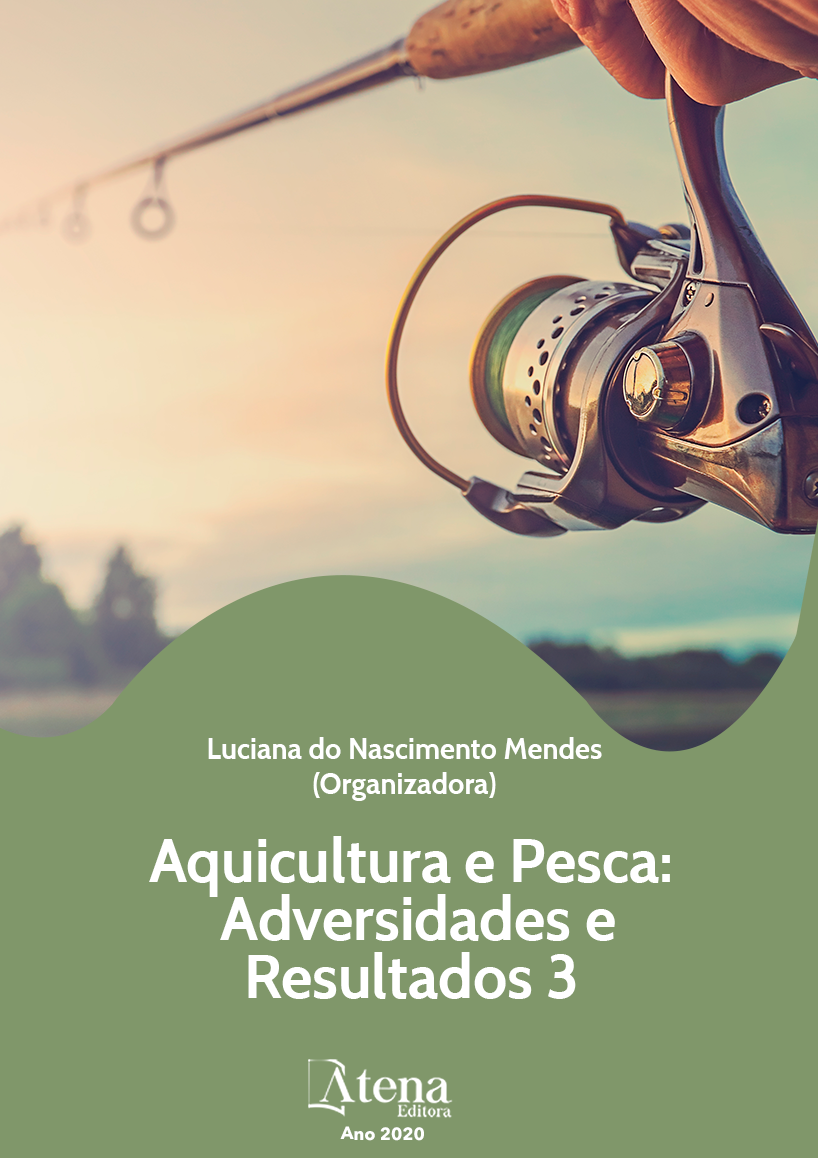
COMPOSIÇÃO QUÍMICA DO FILÉ DO PINTADO EM DIFERENTES CLASSES DE PESO
O pintado é um peixe nobre e apresenta uma série de vantagens para a piscicultura como: valorização no mercado nacional e internacional, carne branca de sabor suave e sem espinhas, baixo teor de gordura, dócil, fácil manejo, resistente a doenças e rendimento de filé de 48,26%. O presente estudo teve como objetivo determinar a composição química do filé de pintados mantidos em tanques escavados no Pantanal em diferentes classes de peso. Foram utilizados 35 exemplares, distribuídos em um delineamento inteiramente casualizado, composto por cinco tratamentos e sete repetições. Foi considerado como unidade experimental o peixe inteiro e os tratamentos constituídos pelos animais nas classes de peso: 1) 700 a 899 g, 2) 900 a 1.099 g, 3) 1.100 a 1.299 g, 4)1.300 a 1.499 g e 5)1.500 a 1.699 g. Para determinação da composição química, foram utilizados os cortes de filé de quinze peixes, distribuídos no delineamento mencionado anteriormente, sendo analisados a umidade (UM), Cinzas (CZ), proteína bruta (PB) e lipídios (LP) feitas conforme descrito na literatura especializada. Os dados obtidos foram submetidos à análise de variância (ANOVA) seguido por teste de média Tukey, quando necessárias com 5% de significância. Os resultados da composição química apresentaram diferenças (p<0,05) na análise de proteína bruta com maior valor de 13,67% na classe de peso de 1) 700 a 899 g e o menor valor na 5)1.500 a 1.699 g com 8,71%. As médias foram: Lipídios 1,40; 1,64; 1,26; 1,66 e 1,61%; Cinzas 2,78; 2,56; 2,39; 2,50 e 2,57% e Umidade 82,63; 82,87; 83,65; 83,33 e 82,76%, respectivamente para as classes de peso 1, 2, 3, 4 e 5. De modo geral, com o aumento de peso não houve alteração nos lipídios, cinzas e umidade, entretanto, o nível de proteína no filé diminui com o aumento da classe de peso
COMPOSIÇÃO QUÍMICA DO FILÉ DO PINTADO EM DIFERENTES CLASSES DE PESO
-
DOI: 10.22533/at.ed.7732028059
-
Palavras-chave: Engenharia de Pesca, Pseudoplatystoma spp., Análise de alimentos, Tecnologia do pescado, Pantanal
-
Keywords: Fishing engineering, Pseudoplatystoma spp., Food analysis, Fish technology.
-
Abstract:
Catfish is a noble fish and presents a series of advantages for fish farming, such as: valorization in the national and international market, white meat with a smooth flavor and without bones, low fat content, docile, easy to handle, resistant to diseases and fillet yield 48.26%. The present study aimed to determine the chemical composition of the fillet of catfish kept in tanks excavated in the Wetland in different weight classes. Thirty five fish were used, distributed in a completely randomized design, composed of five treatments and seven repetitions. The treatments were constituted by the animals in the weight classes, each of this animals were considered as an experimental unit: 1) 700 to 899 g; 2) 900 to 1,099 g; 3) 1,100 to 1,299 g; 4) 1,300 to 1,499 g and 5) 1,500 to 1,699 g. To determine the chemical composition, fillet cuts of fifteen fish were used, distributed in the before mentioned design, being analyzed the moisture, ashes, crude protein and lipids made as described in the specialized literature. The data obtained were submitted to analysis of variance (ANOVA) followed by the Tukey average test, when necessary with a 5% significance level. The results of the chemical composition showed differences (p<0.05) in the analysis of crude protein with a higher value of 13.67% in the weight class of 1) 700 to 899 g and the lowest value in 5) 1,500 to 1,699 g with 8, 71%. The averages were: Lipids 1.40; 1.64; 1.26; 1.66 and 1.61%; Ashes 2.78; 2.56; 2.39; 2.50 and 2.57% and Moisture 82.63; 82.87; 83.65; 83.33 and 82.76%, respectively for weight classes 1, 2, 3, 4 and 5. In general, with the increase in the weight there was no change in lipids, ash and moisture, however, the level of protein in the fillet decreases with the increase in the weight class.
-
Número de páginas: 8
- Fernando da Silva
- Odair Diemer
- Fernando Moraes Machado Brito


